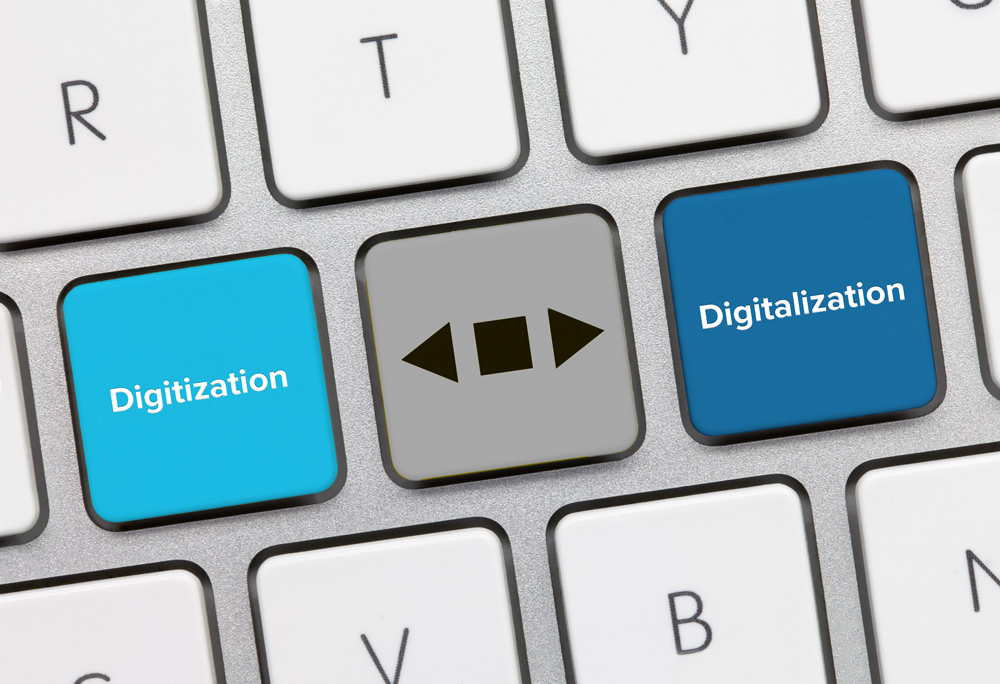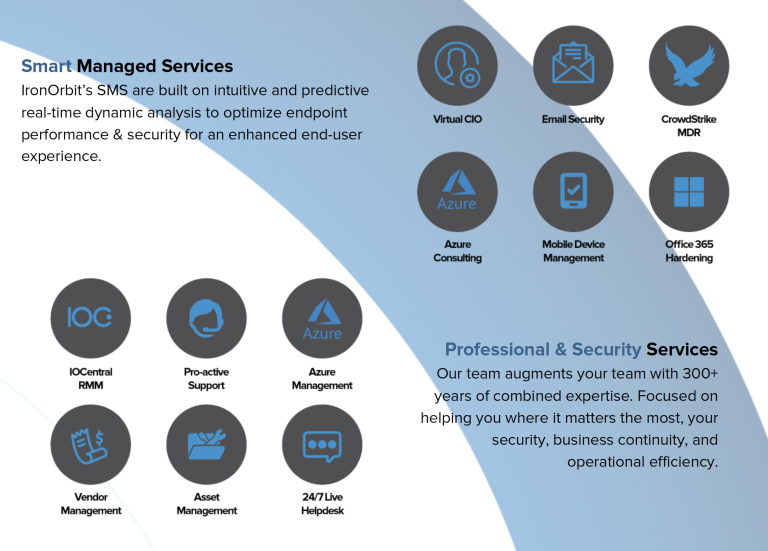IronOrbit INFINITY Workspaces: Addressing the Unique IT Needs of AEC Firms
Architecture, Engineering, and Construction (AEC) firms are in a unique position in the world of business.
Avoiding Common Pitfalls in Your Microsoft 365 Migration: Insights from IronOrbit Experts
Migrating your organization’s Microsoft 365 environment can be a daunting task. Proper preparation and understanding make the process smooth.
How Moving to the Cloud Provides a Gateway Opportunity to Growth
Cloud computing allows for easy collaboration and the sharing of data and resources among team members, clients, and vendors.
5 Critical Things to Expect in 2023
About seven months ago, Microsoft published a study showing that 43% of the workforce is contemplating leaving their jobs in 2023.
Modernizing Your Company’s IT: Finding the Sweet Spot
Modernizing your company’s IT environment has never been more critical for future survival.
Remote Work – It’s Here to Stay
Employees and companies discovered unexpected benefits from a work-from-home (WFH) environment. Remote work has its pros and cons.
What’s the Difference Between Digitization & Digitalization?
What’s the Difference Between Digitization & Digitalization?
How Digital Technology Helps Deal with Climate Change
“Digitization and climate change are both hot topics.”
How to Adopt New Technologies
“Ultimately, companies recognize that digitizing operations and developing a digital strategy is necessary.”
Why CrowdStrike is Essential for Security
Cyberthreats to your business are at an all-time high. They are, as President Biden states, “the defining threats of our time.”
Digital Manufacturing Can Be a Game Changer for the Industry
Manufacturing is the lifeblood of American industry and was once the envy of the world. Digital Manufacturing is a genuine game-changer.


















